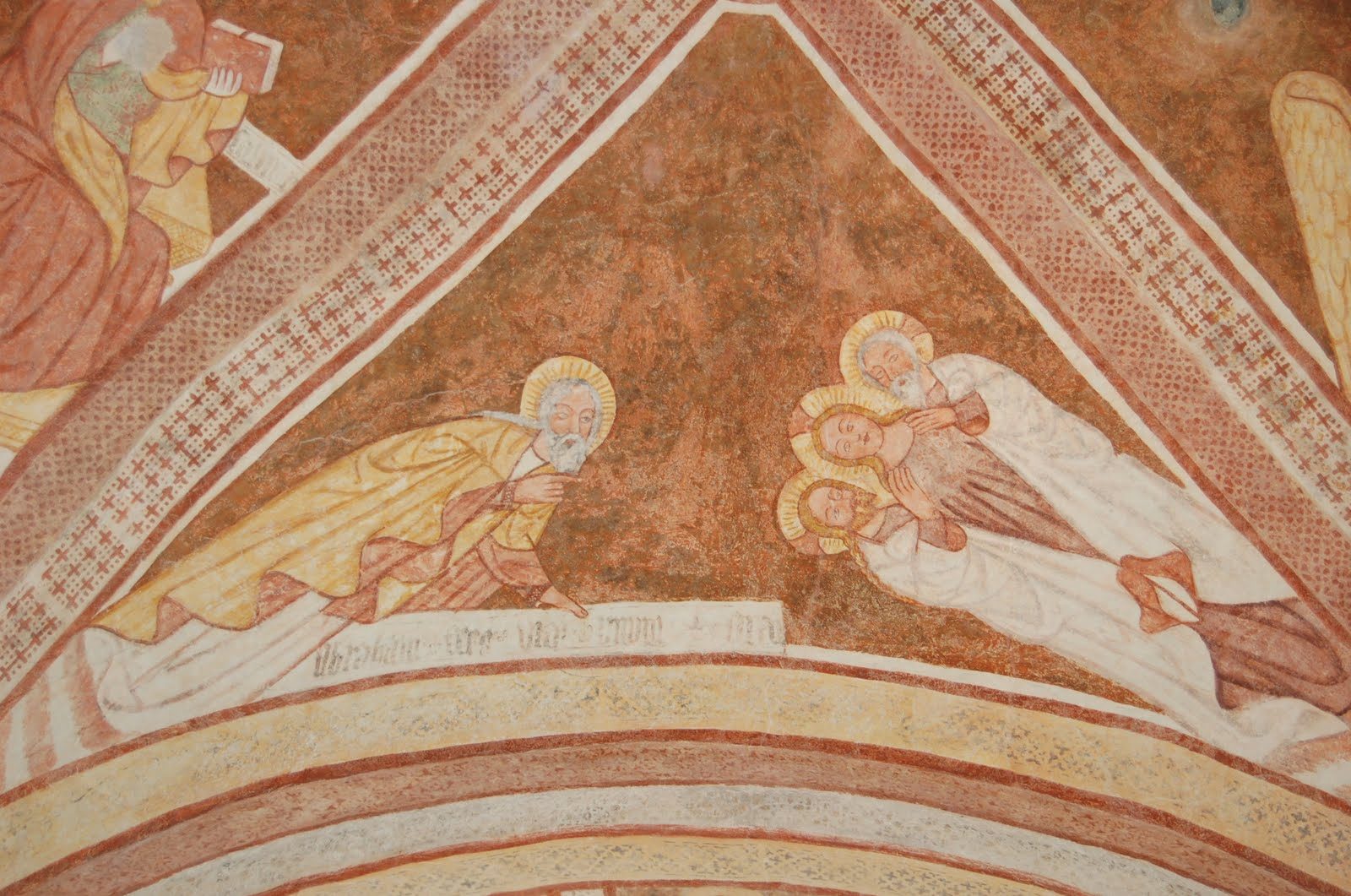We are all familiar with the myths surrounding Christmas, such as that Jesus was born on December 25. But some erroneous beliefs hang on, such as, that Joseph was the only helper at Jesus’ birth, Middle Eastern shepherds were always middle-aged men, and that Magi had to be men. Though these statements seem factual due to our typical Nativity scenes, they are unlikely to be true. Here is a look at the evidence for the presence of women (and a few gray-haired men) in the infancy stories of the gospels.
Mary Had Her Midwife
Women in the ancient world didn’t bear children in the presence of men. “Childbirth in the Roman empire, as everywhere in the ancient world, was women’s business,” says scholar Lawrence Totelin. Mary and Joseph would have understood the need for a midwife at the birth, despite having a legally-mandated trip to Bethlehem. They might even have heard who in Bethlehem to contact for help when they arrived, as this may have been the place of Joseph’s own birth.
Former midwife, and nun, Christine Schenk writes that she is always disappointed that a midwife is not included in the nativity scenes on the shelves. She writes, “In first century Palestine, it would have been inconceivable for a woman to give birth without the care and comfort of other women, and in particular the care of women the French call, sages-femmes — wise women — the French word for midwives” (my emphasis).
In the Middle Ages, nativity plays featured a midwife. And the apocryphal book The Protoevangelium of James has a midwife and an assistant. (This interesting book is “pre-gospel” meaning it is Mary’s story). The Orthodox and Ethiopian churches hold to this tradition, and Byzantine icons picture these helpers.
So, next Christmas, let’s see a nativity scene with a midwife or two in it.
But what about the shepherds?
Shepherds or Shepherdesses?
The past few years, I have wondered if the shepherds in Luke’s description were women. Others have thought about this too–see here and here.
Apparently in the Middle East then, and even today, the tenders of sheep are often girls and if there are no girls available, boys. Old Testament examples include young Zipporah and her sisters, David as a boy, and Rachel with her father Laban’s sheep. Lisa Nichols Hickman describes a nativity scene in the St. John’s Bible with teenage girls tending the sheep.
However, those tending the flocks when Jesus was born were likely adults, tending the flocks at night during birthing season. Margaret Feinberg points out that shepherds were usually those too physically weak to do hard labor (see my blog post about shepherdesses). So, were these shepherds women?
The Jewish Mishnah says that the Tower of Migdal Eder, very close to Bethlehem, is the shelter for sacrificial lambs and their mothers for Passover. These night-watch shepherds helped their ewes give birth, whose offspring grew up in the fields of Bethlehem to be Passover sacrifices. (See this article for more). Working for and with the priests, the shepherds were probably men, maybe elderly.
However, interestingly, these senior shepherd-priests cared for the ewes and lambs with a role paralleling that of the midwives at Jesus’ birth–Jesus the Final lamb of God.
Wise Women
Here, the data is in: Wise Women might have been visitors of Jesus and Mary–but not on the night of Jesus’ birth, but rather some time later as a “child” in Jesus’ “house” according to Matthew 2:9-11.
In an article for the National Catholic Reporter, Christine Schenk explains the research of Dominican Fr. Benedict Thomas Viviano, professor emeritus at the University of Frigborg. Viviano specializes in the relationship of the Hebrew Bible to the gospel of Matthew. He says, “The main reason to think of the presence of one or more women among the magi is the background story of the queen of Sheba, with her quest for Israelite royal wisdom, her reverent awe, and her three gifts fit for a king” (my emphasis). He also notes the Israelite association of women with wisdom (Proverbs, Sirach), and that Matthew sees Jesus as embodying Wisdom (Mt. 11:19).
Could these magoi have been women, in that place and time? The Greek word itself is inclusive of both men and women, like “men” once was in English. Schenk points out that for her, the clincher is that Mary would not have been visited by a group of males due to gender constraints within the culture. Matthew only mentions Mary, not Joseph, at the visit (Mt. 2:11), though his infancy narrative is from Joseph’s perspective. Culturally, one can imagine a group of women visiting Mary and Jesus, but not really a group of unknown men.
Women Priests
In researching the Greek word magoi, or Magi, it seems likely they were a group of Zoroastrians priests. At that time, says Schenk, women participated in priestly roles in Eastern religions such as Zoroastrianism (a fascinatingly similar religion to Judaism and later, Christianity). Their ancient text, the Avesta, confirms the ethos of gender equality. It says that the household member “with the highest esteem for truth” would be picked for the priesthood rather than exclusions based on gender.
The Zoroastrians expected a Messiah, like the Jewish people did. And the Wise Women were probably not too surprised that he came as a baby and not a king.
A Crowded Nativity
A nativity scene with two midwives, white haired shepherds and priestly female visitors might overwhelm our mantels. But wouldn’t you like to see one anyway?
Merry Christmas!


Yes! I’d love to see that! Thank you for writing and expanding my views on the nativity. If more of us had been taught these things than maybe we wouldn’t have so many people feeling left out of the Story.
Just saw this Ruth! Yes, I think you’re right!